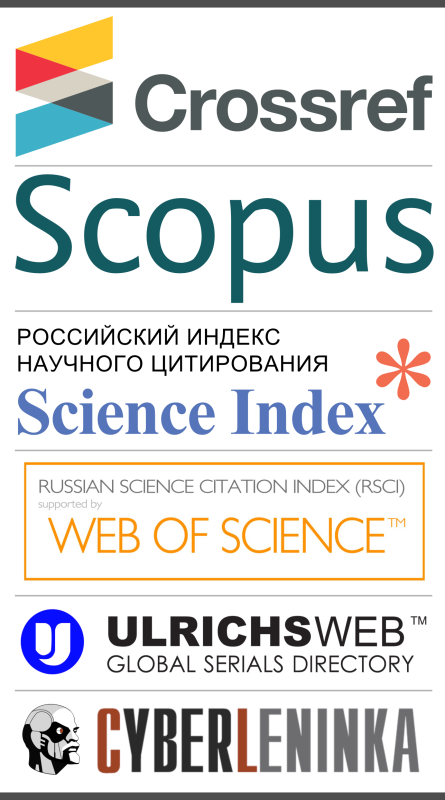Do Subsidized Rice and Conditional Cash Transfer Programs Affect Poor Households’ Food Consumption Expenditures? A Difference-in- Differences Approach
Abstract
Raskin (Subsidized Rice) and PKH (Conditional Cash Transfers for Low-Income Families) are social protection programs aimed at mitigating poverty in Indonesia. Using the difference-in-differences method, this study scrutinizes the impacts of Raskin and PKH on poor Indonesian households’ food consumption expenditures. The analysis utilized data from the 2007 and 2014 Indonesia Family Life Survey (IFLS). The findings show that the implementation of the Raskin programme has a significant impact on the consumption expenditure of poor households. This is because most poor households receive Raskin as their main food to fulfil their household consumption needs, especially during periods of crisis, climate change or crop failure. Other factors that also influence the amount of food consumption expenditure of poor households include the age of the household head, the number of household members and the location of the household. On the other hand, PKH does not have a significant impact on consumption expenditure due to the lack of valid data of target recipients as its implementation requires behavioural compliance related to children’s school attendance and antenatal health check-up. It is therefore, programme improvements for both Raskin and PKH are carried out by always updating the target data of poor households so that the assistance provided can be received by the right target. In addition, it is very important to promote understanding and raise awareness in order to encourage children to attend school and pregnant women to use health services with intensive socialization and assistance especially for poor households.













